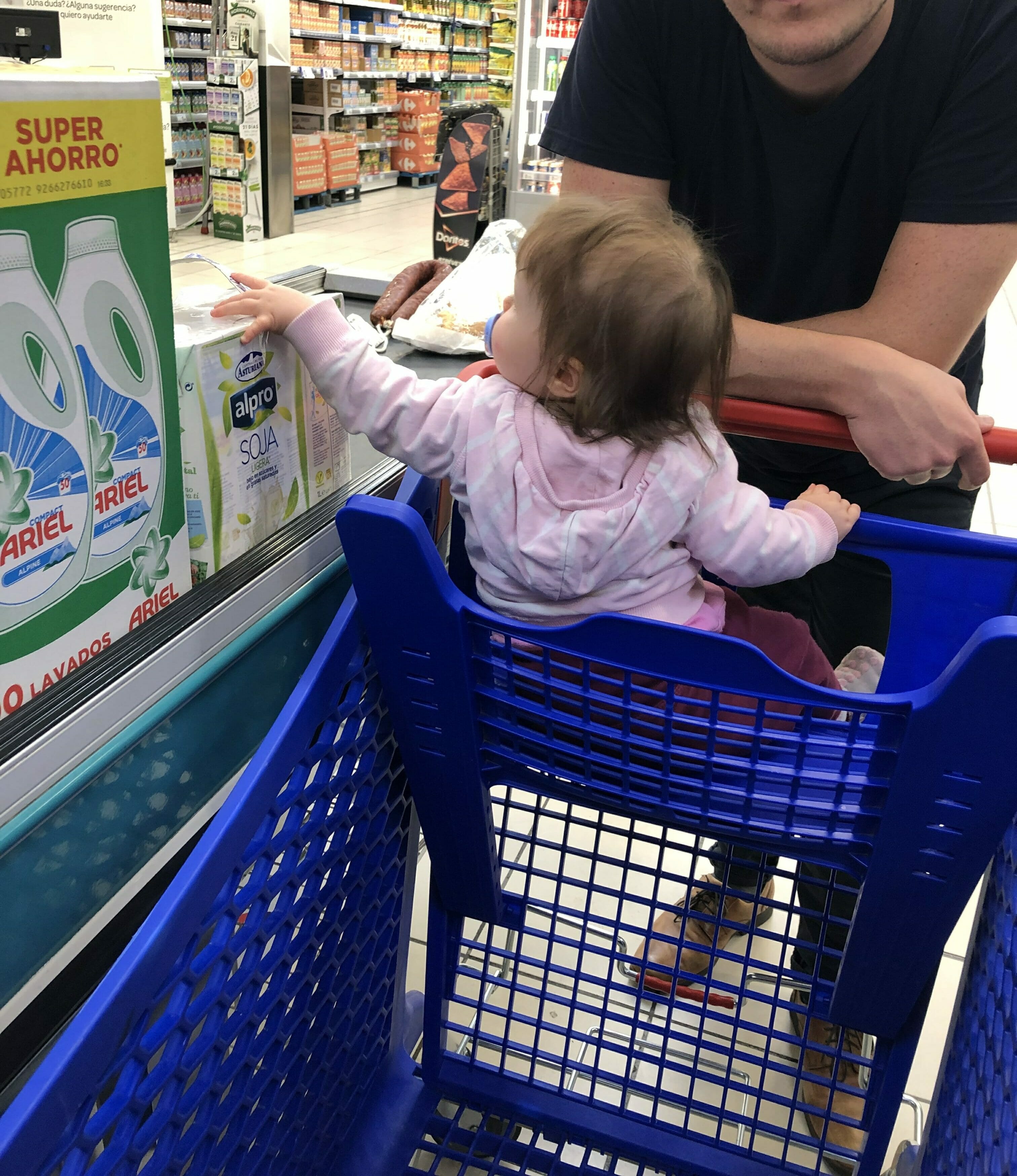Vegan Weekly Grocery List

This vegan weekly grocery list will give you a better idea of what shopping as a vegan looks like. My list is fully vegan and can be all whole food plant-based.
Before heading out to the grocery store, make sure to check out my Vegan Pantry Shopping List.
HOW TO WRITE A VEGAN GROCERY LIST
Lists are always super helpful. That applies for all kind of people and of course, the busier your brain is with other things, the more you tend to forget less important stuff. Moms’ brain is real and so is the phenomenon that we sometimes go to the store to buy apples and come back with a bag full of food, but apples aren’t one of it.
No matter if you’re on a budget, a newbie vegan or an experienced plant-based eater, this list will be help you navigate any grocery store. This list covers all the food items you might need in your cooking if being on a vegan diet. Naturally, it will vary on a week-to-week basis according to your meal plan. And speaking of lists, read here why I strongly recommend to invest a few minutes of your time to lay out all your meals for the upcoming week.
So, if you make yourself a hot beverage of your choice, sit down a few minutes and get your pen and paper out (or electronic device of your choice), your grocery list, will more or less contain the following:
- fresh vegetables
- fresh fruit
- fresh herbs
- frozen fruit, vegetables, herbs and beans
- some soy products such as tofu, tempeh and edamame
- any pantry items you’re out of such as dried and canned legumes, spices and dried herbs, nuts, seeds, vinegar, nut butter etc.
- dairy-alternatives such as almond or hemp milk (unless you make these yourself using a high-speed blender such as Omniblend Blender (affiliate link) and dairy-free yogurt
- freshly baked bread and/or bread rolls, pita bread
- A few lightly processed foods such as vegan salad dressing or healthy crackers
NUTRIENTS IN YOUR SHOPPING CART
When planning for my vegan meals, it helps me to consider the nutritional value of my dishes. In other words, try to load your shopping cart with:
- nutrient-dense foods such as vegetables and fruits. I try to go for seasonal food as much as possible for the sake of the environment.
- high-fiber foods such as whole grains, fruits and vegetables
- unrefined carbohydrates/starches such as potato, sweet potato, rice, oats and quinoa
- foods that are low in added sugar, sodium and fat (keep consumption of processed foods to a minimum)
- some sources of healthy fats such as avocado, nuts and seeds
- some fresh herbs for adding aroma to your dishes
- enough food to cover your nutrient and calorie needs (important especially for athletes and pregnant or breastfeeding moms)
- and last but not least, protein, the one nutrition that the non-vegan world thinks all vegans must have a deficiency of: Protein – good sources are nuts, seeds, lentils, beans, tofu, tempeh and edamame
WHAT DO VEGANS NOT EAT?
This post is all about what does go on a vegan grocery list but I guess it would be just as helpful for the beginner vegans to briefly outline what does not go into your vegan shopping cart.
Here are the items that are not part of vegan diet:
- Meat: Beef, lamb, pork, veal, horse, organ meat, wild meat, etc.
- Poultry: Chicken, turkey, goose, duck, quail, etc.
- Fish and seafood: All types of fish, anchovies, shrimp, squid, scallops, calamari, mussels, crab, lobster and fish sauce.
- Dairy: Milk, yogurt, cheese, butter, cream, ice cream, etc.
- Eggs: From chickens, quails, ostriches and fish.
- Bee products: Honey, bee pollen, royal jelly, etc.
Recent Comments